DESCRIPTION
| Protocol involves etiquette on a local and international scale, and the practice of good manners on a daily basis. It evolved as a result of old traditions, when in the early days of civilization hospitality was extended to an arriving guest. Today it is particularly important because it not only covers the ceremonial rules that are followed during official functions and how to behave on these special occasions, but it also provides a set of established rules of courteousness that are to be respected in society. This course introduces participants to the ceremonial aspect of protocol procedures, behavior of etiquette, rules of courteousness in society, and respect for precedence. It also helps business executives master the basics of etiquette and get a better understanding of multicultural manners. |
OBJECTIVES
At the end of this program the participants will be able to :
- Introduce themselves and others appropriately and engage in initial conversation.
- Present themselves, and their organisations, with confidence.
- Use handshakes effectively and present and receive business cards appropriately.
- Use correct titles and forms of address in different contexts.
- Prepare invitations for various events and different levels of formality; prepare notes of acceptance and decline for events.
- Plan and prepare for hosting important events and meeting dignitaries.
- Plan seating arrangements and balance table seating.
- React in an appropriate and proactive manner to arising protocol-related questions and issues.
PREREQUISITES
Participants must have work experience in Diplomacy or qualification in Diplomacy or International relations.
TARGET AUDIENCE
- Practicing diplomats, civil servants, and others working in international relations who want to refresh or expand their knowledge under the guidance of experienced practitioners and academics.
- Postgraduate students of diplomacy or international relations wishing to study topics not offered through their university programs or diplomatic academies and to gain deeper insight through interaction with practicing diplomats.
- Postgraduate students or practitioners in other fields seeking an entry point into the world of diplomacy.
- Journalists, staff of international and non-governmental organizations, translators, business people and others who interact with diplomats and wish to improve their understanding of diplomacy-related topics.
|
PROGRAM OUTLINE
|
- Introduction to protocol and etiquette: historical background of protocol; how the unwritten rules of courtesy and ceremonial acted as catalysts in the development of protocol procedures as we know them today; the importance of first impressions; how handshakes act as a means of communication when meeting someone for the first time.
- Introductions and business cards: the importance of making a proper introduction: When does one introduce oneself? When do we introduce others? Commonly made mistakes during introductions; the history of visiting cards and their use as adopted by different countries.
- Establishment of diplomatic relations and presentation of credentials: an introduction to the procedures normally followed for the establishment of diplomatic relations, the appointment of an ambassador, and his arrival in the host country; how the Vienna Convention on Diplomatic Relations (1961) relates to the life of a diplomat.
- Order of precedence, titles and forms of address: What is an order of precedence and how is it applied at formal functions? What kind of precedence exists among the diplomatic corps and what does the Vienna Convention on Diplomatic Relations (1961) say about the order of precedence? The importance of titles and forms of address; how dignitaries should be addressed in a manner appropriate to the office they occupy; how to address such dignitaries in writing.
- Invitations: how invitations originated; the difference between formal and informal invitations; the proper wording used on diplomatic invitations; forms of replies and declines.
- Attending events and planning table seating: attending receptions; the receiving line; official luncheons and dinners; and various seating arrangements.
- Entertaining: the list of host duties when hosting various functions and the respective duties of the guests; the purpose of toasts, when they are given and the general format used when giving a toast; table manners and other important issues related to diplomatic entertaining.
- State visits: preparation for state visits; the programme involved; dress codes, decorations and flag etiquette.
|
|
TRAINING METHODOLOGY
We use an interactive teaching and learning methodology that encourages self-reflection and promotes independent and critical thinking. The learning process is reinforced through the use of practice examples, questions and debate designed to stimulate a critical and questioning approach by delegates. A high level of delegates’ participation is encouraged to ensure that the conceptual knowledge and management skills acquired can be directly applied within the learner’s workplace.
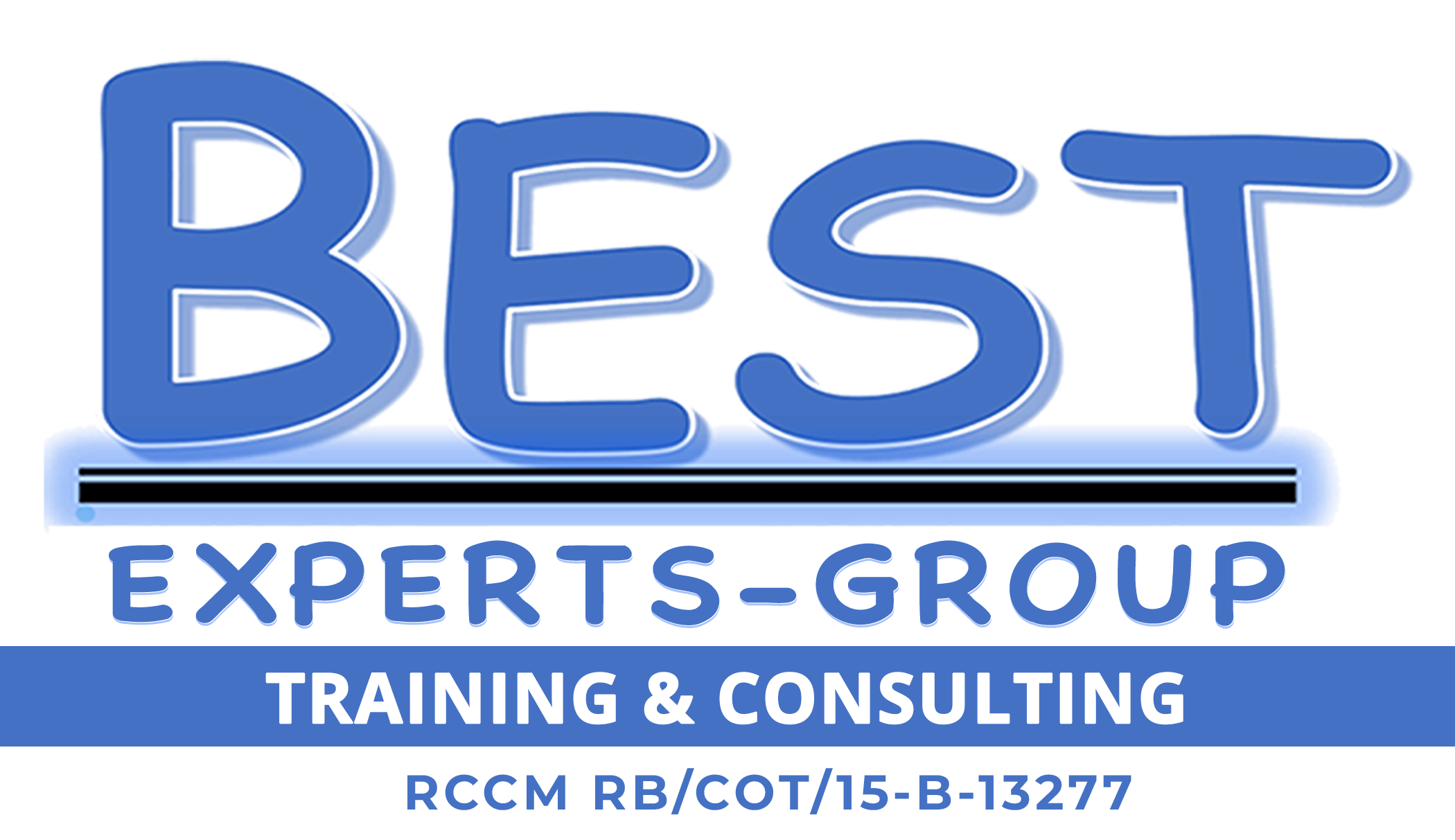
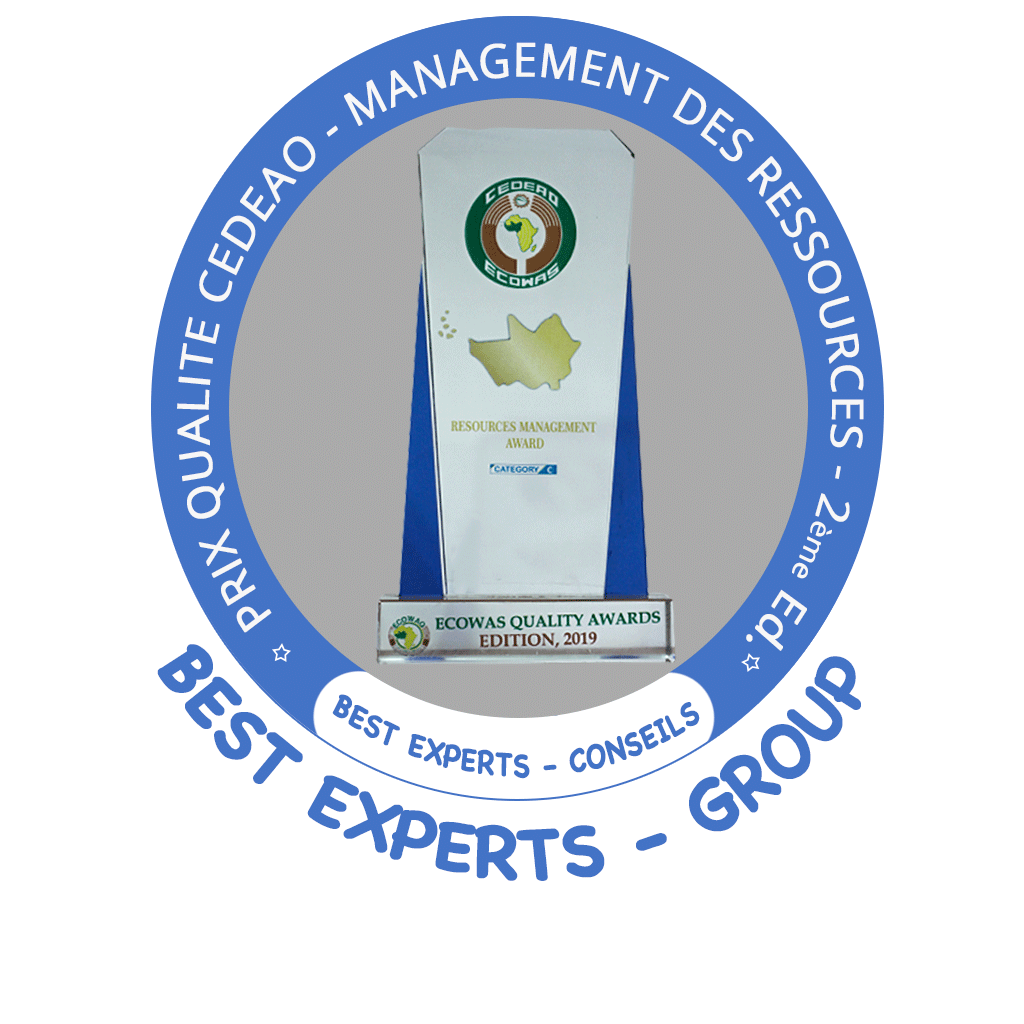


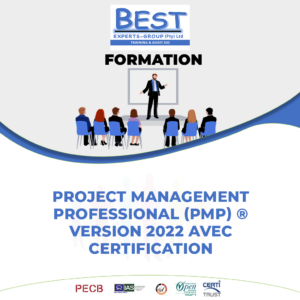
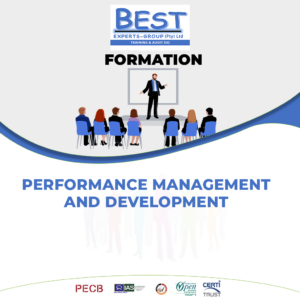
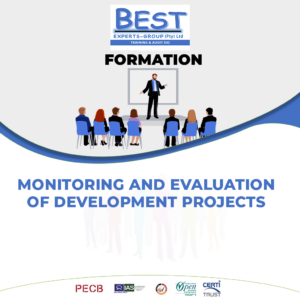
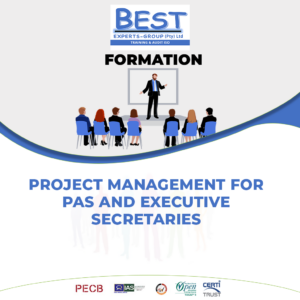
Avis
Il n’y a pas encore d’avis.